The Independent's journalism is supported by our readers. When you purchase through links on our site, we may earn commission. Why trust us?
National Honey Bee Day: Everything you need to attract pollinators into your garden
If you're buzzing about this species, this is how to welcome them into your outdoor space
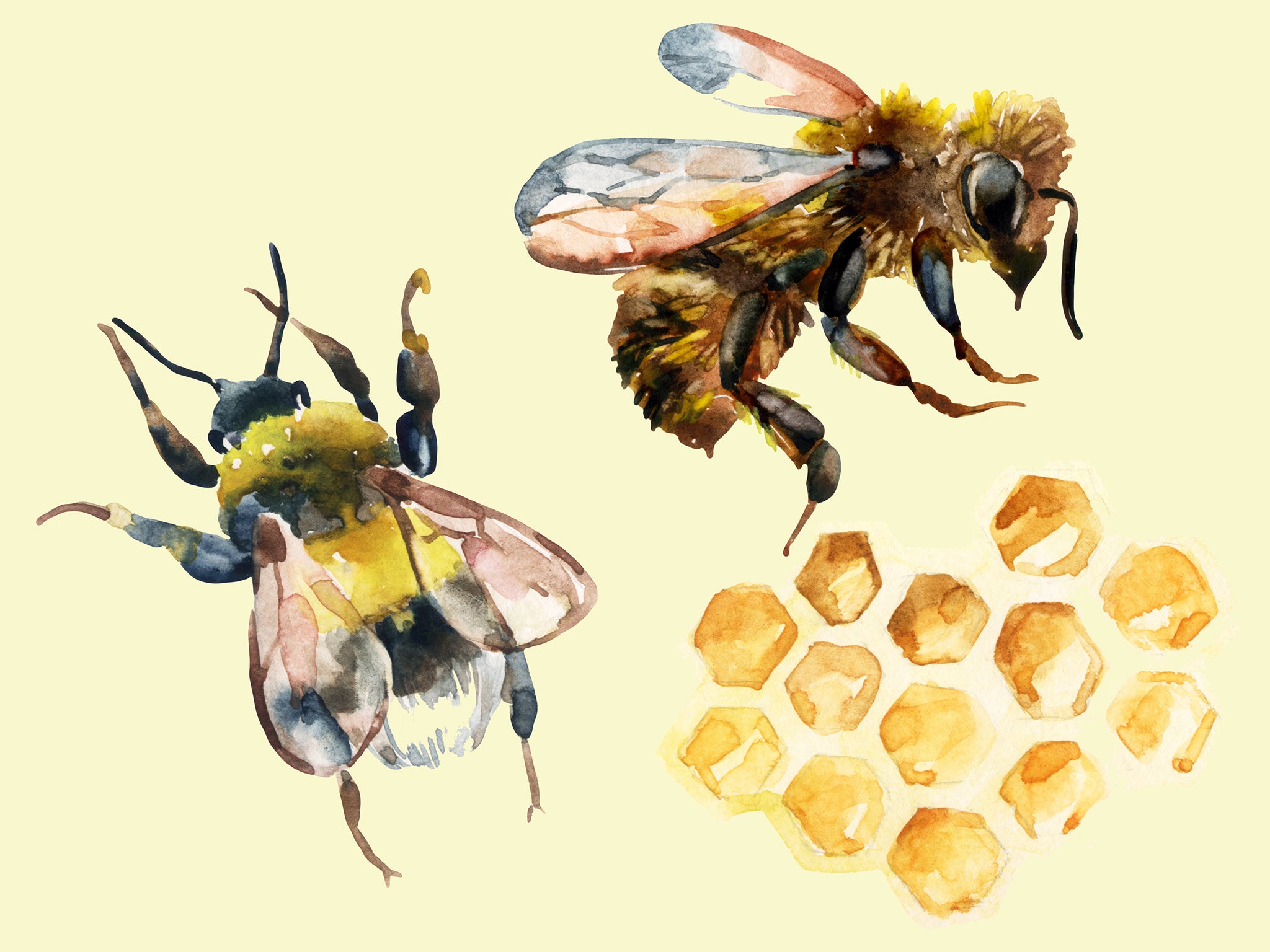
Your support helps us to tell the story
This election is still a dead heat, according to most polls. In a fight with such wafer-thin margins, we need reporters on the ground talking to the people Trump and Harris are courting. Your support allows us to keep sending journalists to the story.
The Independent is trusted by 27 million Americans from across the entire political spectrum every month. Unlike many other quality news outlets, we choose not to lock you out of our reporting and analysis with paywalls. But quality journalism must still be paid for.
Help us keep bring these critical stories to light. Your support makes all the difference.
World Honey Bee Day – celebrated on the third Saturday of August – was first initiated in the USA to honour beekeepers and raises awareness of this special pollinator.
However, it since gained traction and is now observed annually across the globe.
Honey bees are social insects, meaning they live in large, well-organised family groups consisting of a mother (queen bee) and daughters (worker bees).
You can spot one of these helpful pollinators by looking at the shape of their body – slender and barrel-shaped, with wings that are slightly translucent.
Although the honey bee isn't on the endangered list, numbers are dramatically dwindling in the UK, which poses a considerable threat to our eco-system.
Bees pollinate around one-third of crops and 90 per cent of wild plants, which in turn provides food for livestock.
The dwindling number of these pollinators in circulation provides serious ecological implications for biodiversity, the food chain, and ultimately, our ability to access food.
This decline of honeybees can be attributed to habitat loss, pesticides, climate change and colony collapse disorder (CCD).
CCD causes the majority of the worker bees to suddenly disappear overnight – scientists believe that this is due to pesticides and neonicotinoids, which have increased honey bees' susceptibility to varroa mite, a parasite known to be their number one killer.
But, there are a number of ways in which you can help bees thrive, from the comfort of your home or in your community.
Due to the rich diversity of plants growing in our gardens and local parks, we are critical to supporting pollinators.
As well as allowing weeds to flower, we've rounded up everything you need to create a bee-friendly garden – from wildflowers to providing them with a safe place to drink water. It's time you got buzzing about bees!
You can trust our independent round-ups. We may earn commission from some of the retailers, but we never allow this to influence selections. This revenue helps us to fund journalism across The Independent.
Black Bee Honey seed bombs: £7.50, Black Bee Honey
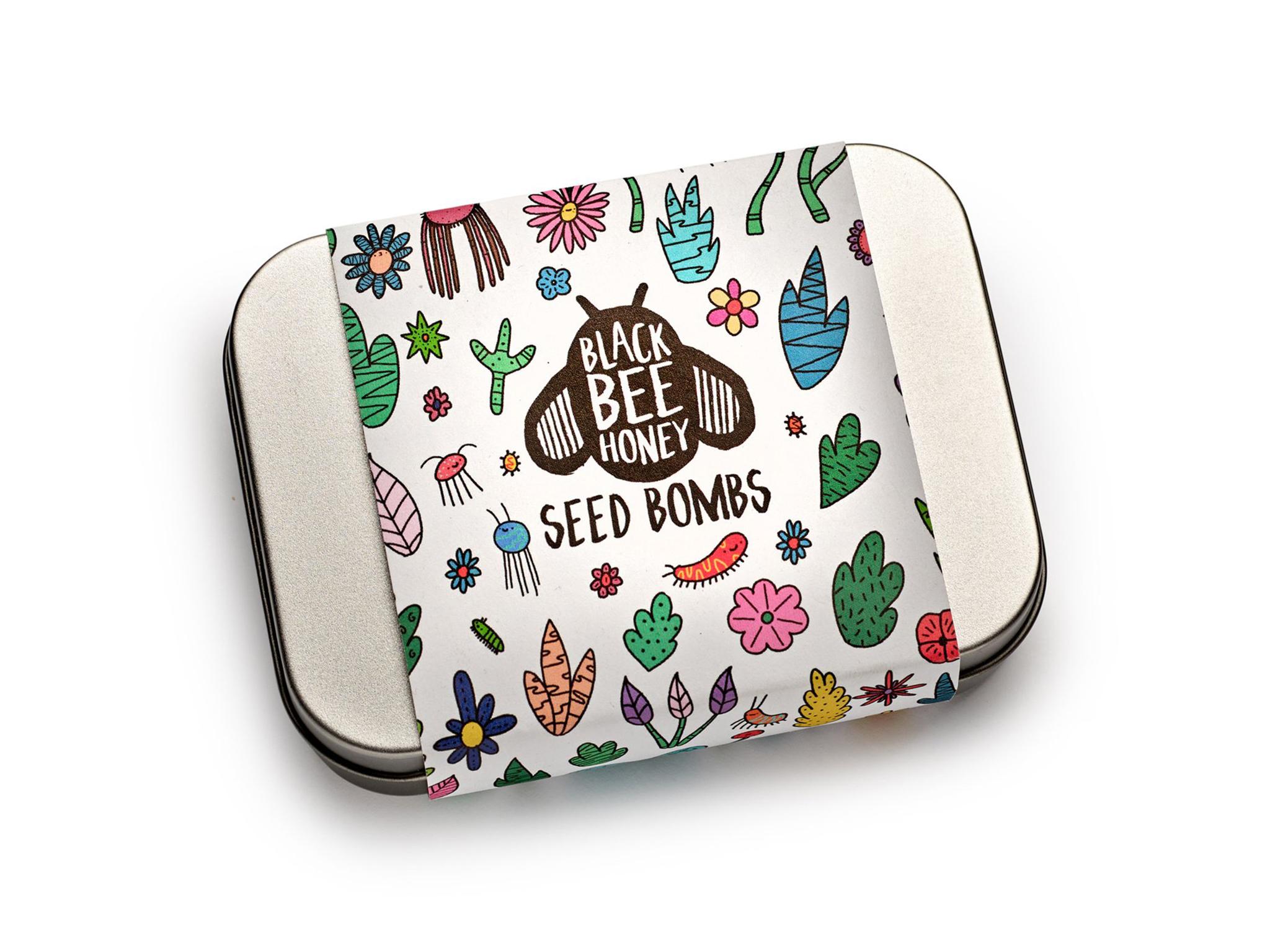
Cultivating British wildflowers gives bees the best possible chance of survival, these handmade seed bombs contain 21 different varieties of this plant species. By planting these, you can create a habitat corridor with plants that provide a safe space for bees. Each pack contains 20 bombs which is sufficient for one square metre of wildflower meadow, which will also attract butterflies. The profits from your purchase will also go to the Bee Friendly Trust which transforms the nation's neglected species into thriving floral habitats for honey bees and other pollinators – so you'll not only be attracting them into your garden, you'll also be supporting them in the wild.
Stinas Pottery bee bath in oriental blue: £27, Etsy
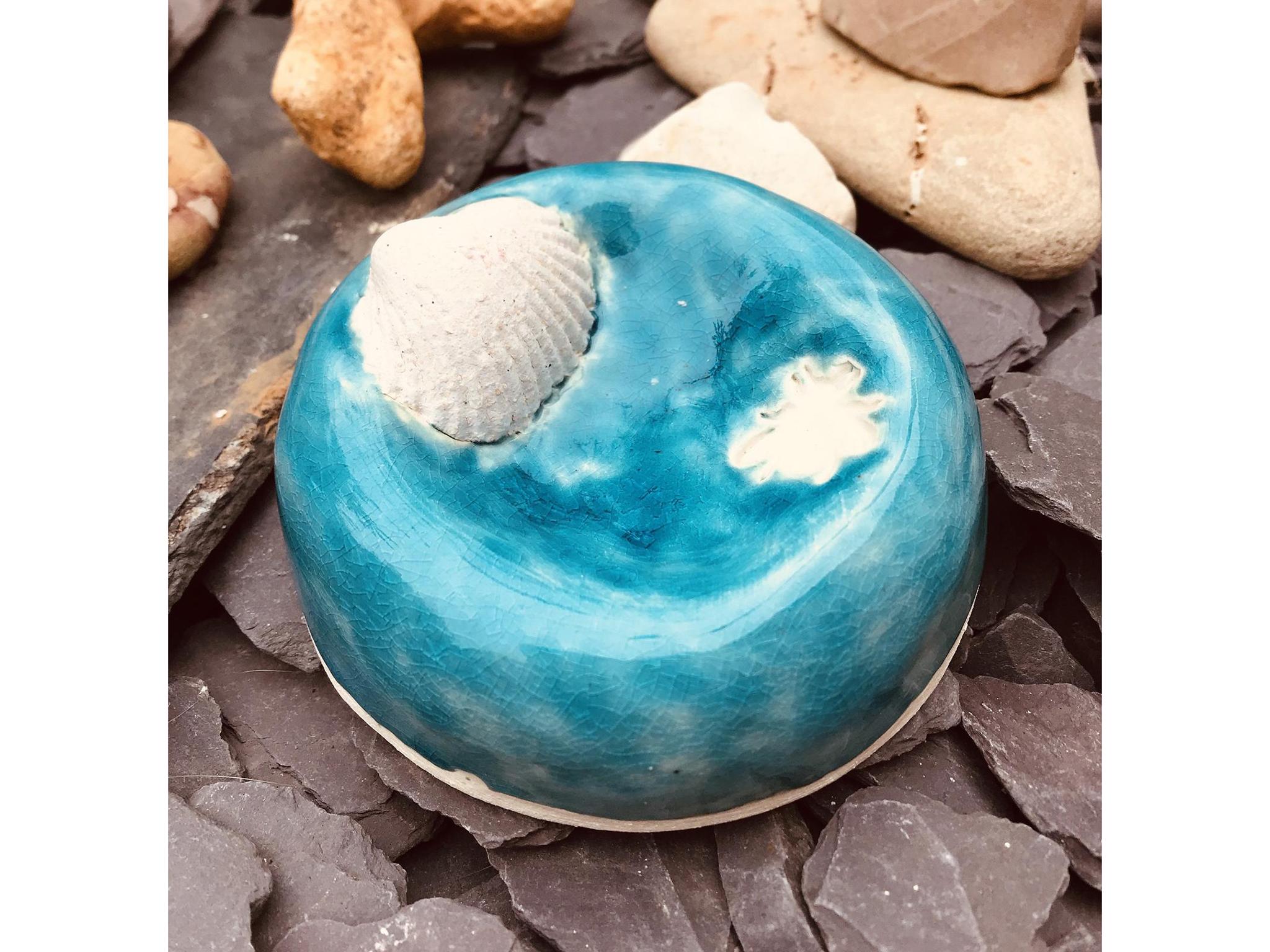
Just like us, honey bees need water to survive – they collect it for a variety of reasons, such as to dilute honey, aid digestion, keep the hive cool, and feed the young. For your garden, you'll want to use a shallow pot, and choose something that is glass or ceramic, since plastics and metals may leach into the water. We think this oriental blue would make a lovely addition to any outdoor space – big or small. Change the water daily and give it a wash weekly.
Hetty's Herbs & Plants mint garden: From £3, Hetty's Herbs & Plants
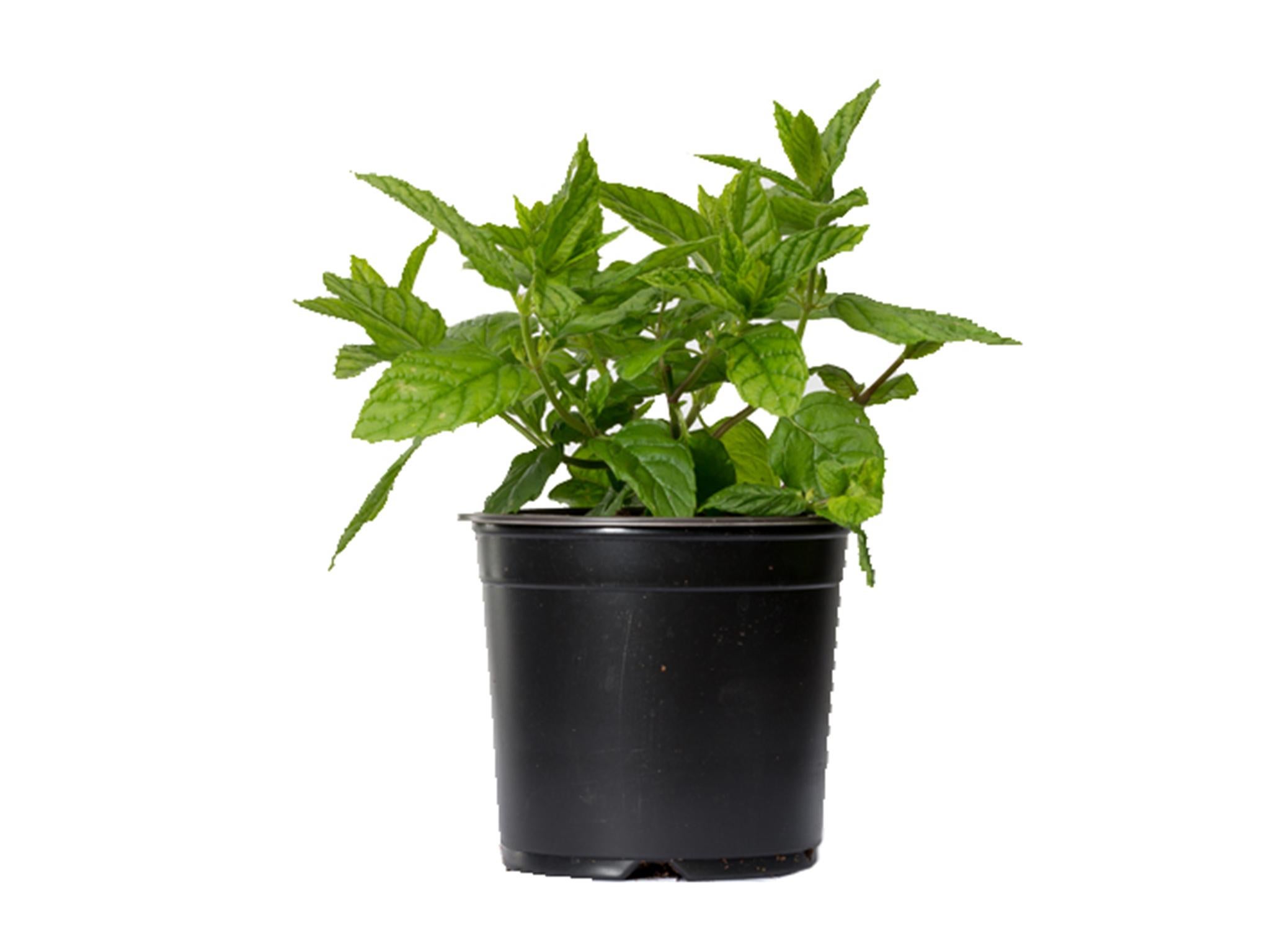
It may come as a surprise to learn that mint attracts bees, but it does. And you'll be glad to hear it's very easy to grow. When planting in your garden, we would suggest putting it in a pot to prevent it from encroaching on other vegetation. It flowers in summer and early autumn, and it also works well in drinks too – from mint tea to mojitos.
Black Bee Honey beekeeping workshop: £145, Black Bee Honey
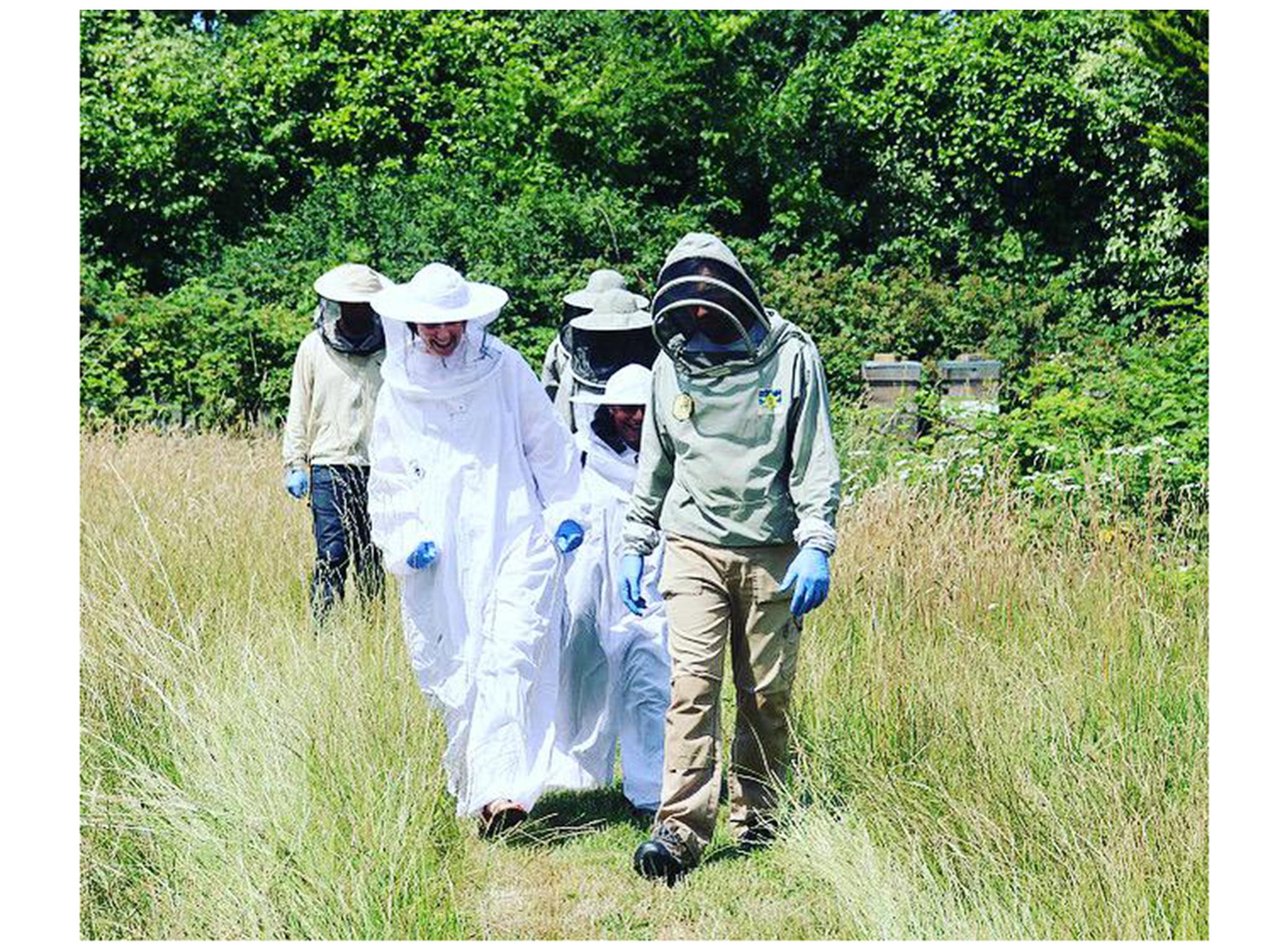
If you're really keen to attract bees into your garden, we don't think there's a better way to do so than by enrolling in a beekeeping course. During the day you'll learn what's involved in keeping bees and the chance to build your own honey frame. This also makes a great gift for anyone buzzing about bees.
Victoriana Nursery catnip plant: £2.95, Victoriana Nursery
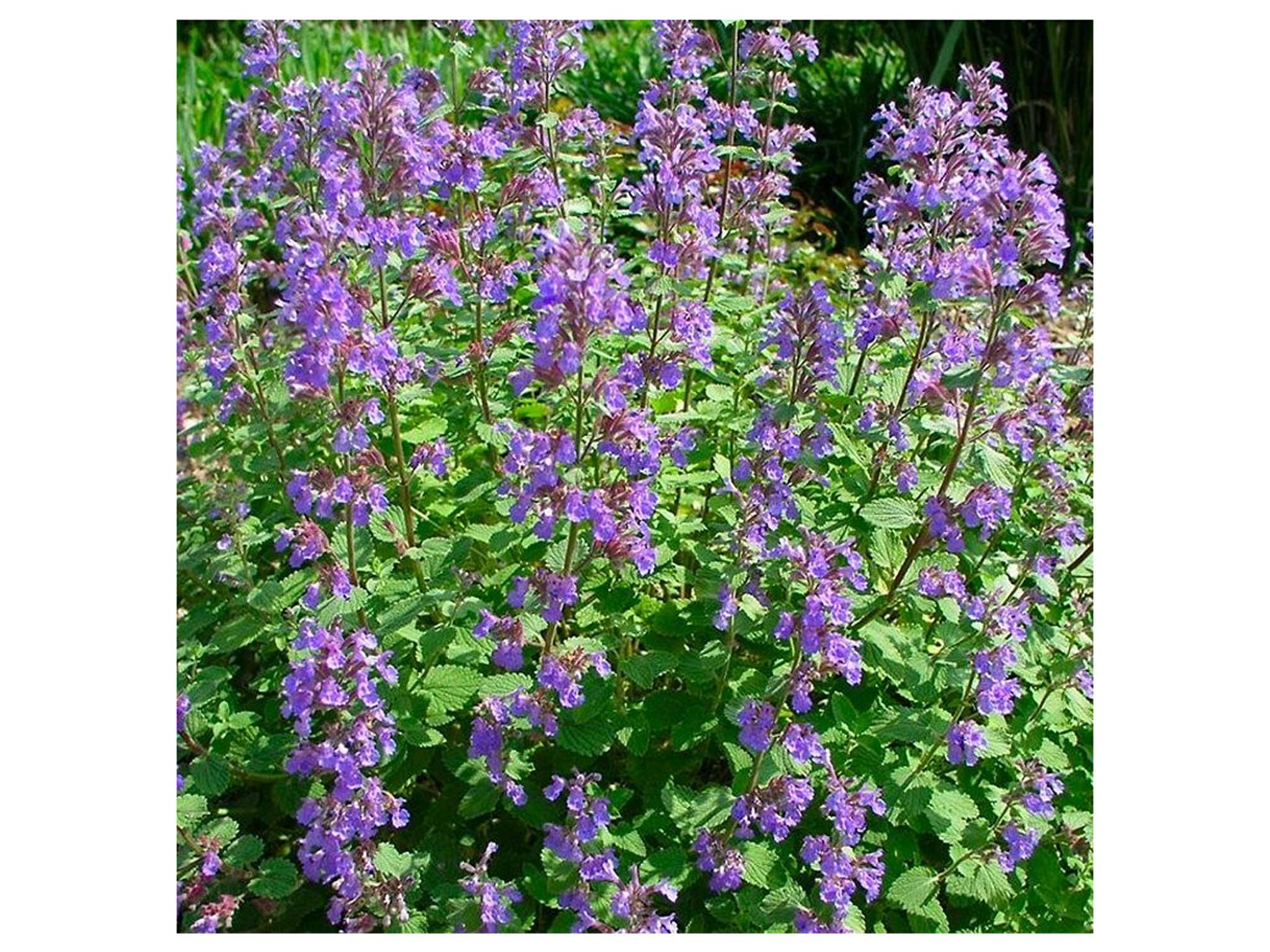
One of the best ways to attract bees into your garden is with plants that are rich in nectar and pollen, which is exactly what catnip is. It is a good alternative to lavender as it will produce new flowers more readily and creates a similar floral hedge – something honey bees and other pollinators flock to.